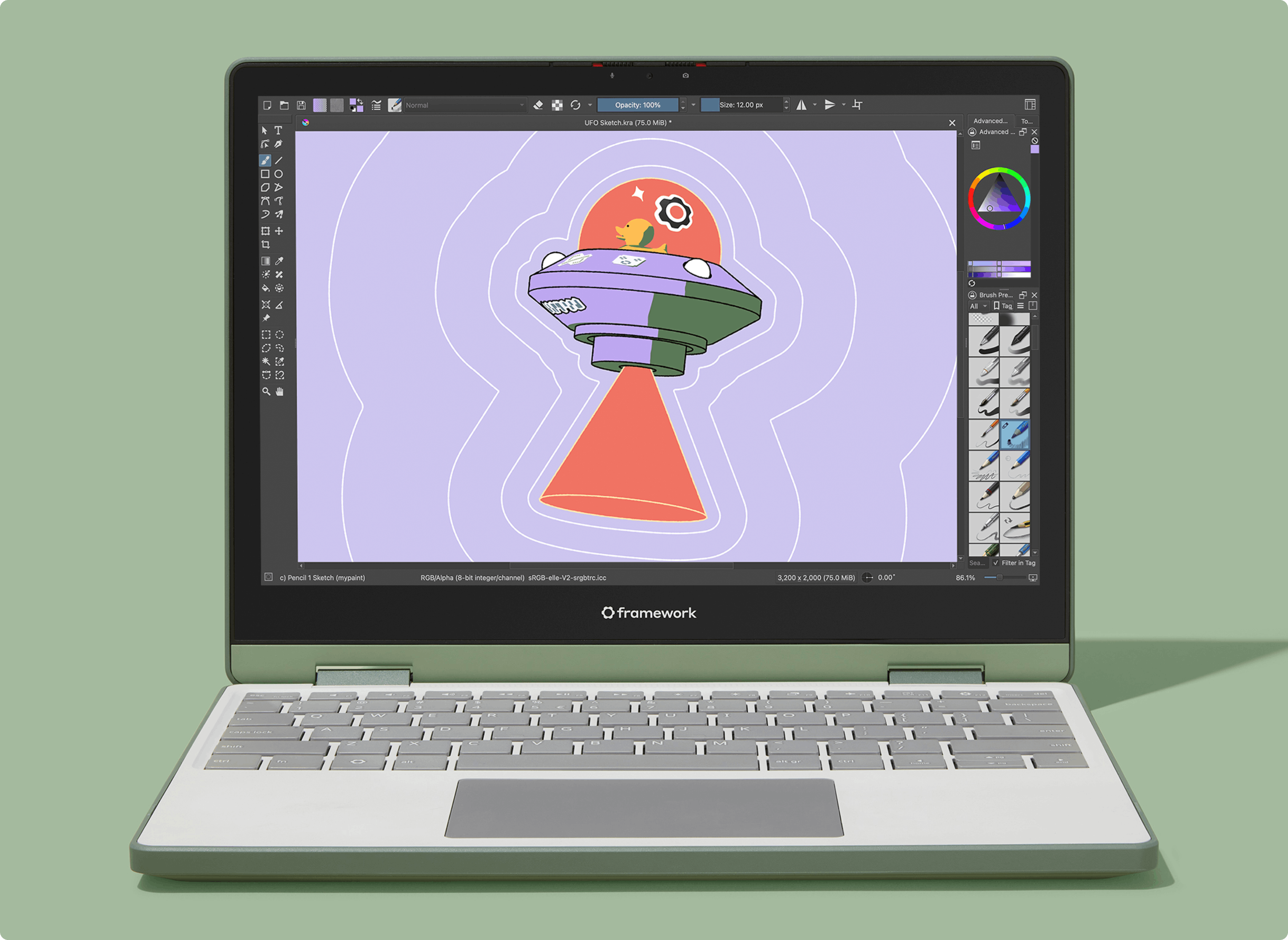Is Katy Perry an astronaut now? Glad you asked.

Sign up for the Slatest to get the most insightful analysis, criticism, and advice out there, delivered to your inbox daily.
On Monday morning, pop star Katy Perry is scheduled to fly into the sky. So is Lauren Sánchez (fiancée of Jeff Bezos and author of a children’s book), Gayle King (friend of Oprah and television host), and three other women (a filmmaker, an activist, and a former NASA rocket scientist). In the run-up to the flight, fake-eyelash talk abounds. “Space is going to finally be glam,” Perry told Elle magazine, which put together a glossy spread with the six women, who wore slick all-black outfits for a special digital cover that read “For All Womenkind.” “We are going to put the ‘ass’ in astronaut,” Perry added.
They’ll be aboard a Blue Origin rocket, Blue Origin being the private space company owned by Bezos. A press release points out that it will be the second-ever trip to space made by an all-female crew. The claim is doing a lot of work, given that this crew won’t be doing much of anything up there. The first and only previous space voyage by an “all-female crew” was completed by Valentina Tereshkova, a Russian cosmonaut, in 1963. She went alone, and spent 71 hours total orbiting Earth.
What will happen on Monday, assuming the launch happens as scheduled? Well, in the words of that otherwise glowing Elle piece, by Sylvia Obell:
The flight is different from what you might envision: The entire trip is only expected to last 11 minutes, and the women will be going up in a rocket that flies itself, allowing each of them to enjoy the flight as passengers. Once they reach space, they’ll be able to float around the rocket, experiencing weightlessness and looking out the windows at the universe and Earth below for about four minutes before coming back down.
The ladies are well aware how brief their space experience will be. In the interview with Obell, King recounted a call she’d had with Perry: “We had been on the phone for 36 minutes, and I’d asked her 50 million questions, until finally she said, ‘Could I just interrupt for a second? Are you aware that our flight is going to be shorter than this freaking phone call?’ ”
Indeed! When I think “space mission,” I think about astronauts floating around in Earth’s orbit for … well, at least a little bit! Long enough to have the need to brush your teeth using the special space teeth-brushing method. And for that matter: On that short of a trip, is Blue Origin’s “crew” even really going to space?
“The question ‘Where does space begin?’ depends on your point of view,” Doug Rowland, a heliophysicist, said in a NASA explainer video on the subject. “If you want to know ‘Where does the atmosphere end?,’ it’s about 400 miles over your head.”
That’s significantly higher than the demarcation that astronauts of all kinds use to define space. The International Space Station is at about 250 miles, for example, well within Earth’s atmosphere. The space station, of course, orbits the Earth, which is what astronauts typically do. NASA mission control uses 76 miles up from Earth as the line where space starts, which is based on the amount of drag a vehicle reentering the atmosphere will encounter. U.S. Army training documents have referred to 80 to 93 miles as the lowest altitude at which a vehicle can go around the Earth one time without any propulsion keeping it afloat.
The group on Monday will be lower than all that, if still, technically, in space. Bezos has based his company’s claim to space travel on something called the Kármán line, the point in the atmosphere at which the air gets thin enough that regular old planes have trouble flying, and you need a propulsion system, like a rocket’s, to get around. Blue Origin, along with many other organizations including the Fédération Aéronautique Internationale, go by the Kármán line as the boundary where space starts, defining it specifically as 62 miles in the sky (though even where the Kármán line really sits is up for debate). And the Federal Aviation Administration and NASA require you to cross the 50-mile mark to earn astronaut wings, though it’s worth noting that the FAA cracked down in 2021 on commercial space flight participants, tightening their regulations and requiring that you do something on your voyage to be considered an astronaut. The Elle article describes the role of Monday’s Blue Origin crew—on a rocket that flies itself—as “experiencing weightlessness and looking out the windows.” Perry may be putting the “ass” in “passenger” and little else.
Perhaps a more generous way to look at all of this is whether the passengers aboard New Shepherd on Monday will feel like they’re in space. To answer that question, I called Cady Coleman, a retired NASA astronaut and the author of the book Sharing Space: An Astronaut’s Guide to Mission, Wonder, and Making Change. She is not squeamish at all about letting more people into the space traveler’s club, and is actually so excited about the mission that she’s headed to view the Blue Origin launch as a spectator. “This is a different kind of space flight than the kind I went on,” Coleman told me. “But I think there’s no question that this is an experience that is unique and not easy.”
When the crew looks out the windows, they will see the curvature of the Earth—a view that precious few humans have ever gotten to experience, Coleman pointed out: “When you see it for yourself, you realize how big the world is and how all of us are from the very same place.” It’s a feeling that might be hard to capture in words—watching videos of passengers on Blue Origin spacecraft, it’s clear that they are really up there, above the planet. The sky is dark, and you can see Earth glowing below. The people aboard seem truly, deeply affected.
There is part of me that wants to be happy about this mission, like Coleman is, instead of nitpicking over its many claims and sourly mumbling about how the rocket is going up, and then back down. I am sure it will be an amazing experience, and if anyone wanted to offer me a free ticket, I would take it. (Ticket prices are in the millions, and paying customers have to put down a $150,000 deposit.) And I do think, for example, that Olivia Munn’s rant on The Today Show went too far, criticizing the women for wearing makeup (it is literally in Perry’s job description—and Munn’s too, for that matter—to be beautiful), and for using so much money on something so silly. We’ve learned so much as a society by going to space! The simple wonderment that space research brings to humanity is actually invaluable!
And yet. If this mission is meant to inspire girls and young women to achieve the impossible, rather than being a giant flying billboard for a private company, well, it does feel like quite a tone-deaf way to do it right now. Blue Origin’s Bezos is cozying up to Trump. Trump is forcing cuts at NASA, and prompting the agency to scrub some mentions of the word “women” and sending the general apparatus that helps young people get educations into crisis. I hope that by the time the girls who watch the stunt are old enough to fly, they have somewhere to go. To this member of “womankind,” the whole thing just feels empty.
Sign up for Slate’s evening newsletter.









 English (US) ·
English (US) ·